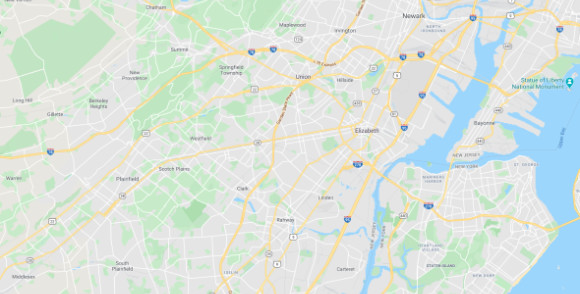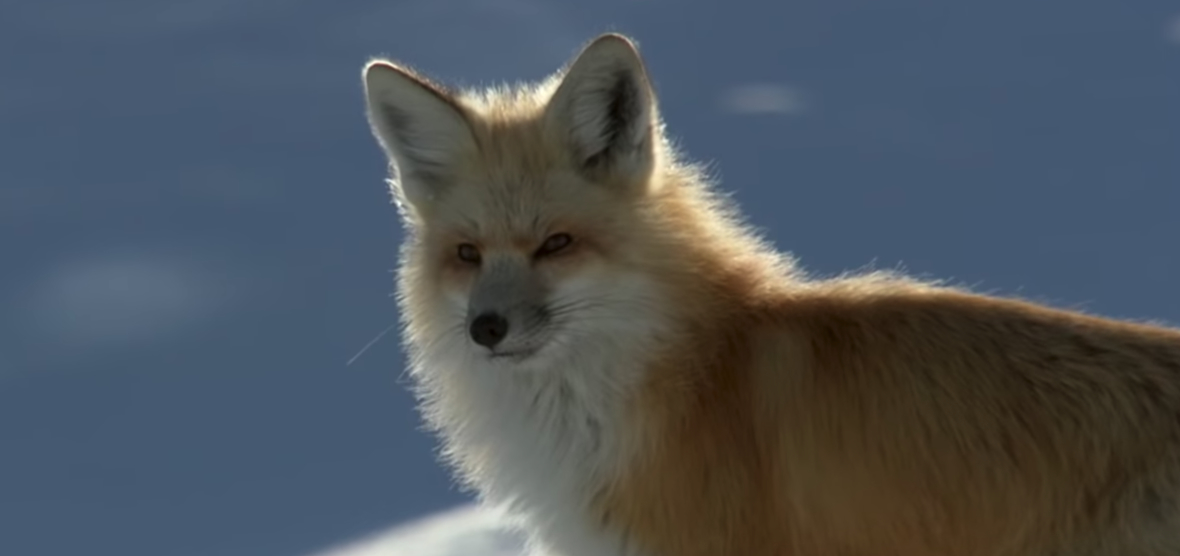- info@Elizabethanimalattic.com
Call 24/7 for a free quote:
908-651-0111

Attic Animal Pest Elizabeth
We are Elizabeth Animal Attic, a full service wildlife removal company servicing Elizabeth, NJ. Pest animals have been a problem in this country for as long as there have been people here, and while we haven’t been here as long as the city itself, we certainly have plenty of experience dealing with the animal problems here! Our team of experienced advisers and animal removal technicians have been dealing with the wild animals in the city for over ten years, and are here to help you if you find signs of animal damage in your domestic or commercial properties. Our team are trained to the latest standards and have the latest equipment available to deal with almost every wild animal problem. We know that it isn’t just between 9-5 that people will find signs of an animal infestation, so our polite and knowledgeable advisers are here at all times to discuss your animal situation, and to provide advice about what you can do. Our specialists can visit your property within 24 hours, and will examine the area before suggesting a resolution and providing a quote. We have the experience to deal with an animal infestation efficiently, and we are proud of the many positive online reviews that we have had about the work we have completed. Call us now at 908-651-0111 for a solution to your wild animal problem.
About Pest Animal Elizabeth and Our Services:
Same-day or next-day appointments.
We repair wildlife damage and prevent re-entry.
Attic restoration and decontamination.
Specializing in wildlife only - no poisons.
Elizabeth rat control and rodent removal
Experts in New Jersey bat removal from buildings.
Dead animal removal, inside and outside.
Call 24/7 to schedule an appointment
Our Service Range

Elizabeth Wildlife Removal Tip of the Month: Fox Track Identification
The tracks of the New Jersey fox can be encountered on a range of habitat which includes the suburban area, meadows, fields, forests, and deserts. Fox are known for having a varied natural diet. It will include bird, small mammals, crustaceans, insects, berries, and fruits. At least 5 types of fox can be found in North American continent, but the most common type would be the gray fox and the red fox.

How to Identify the Tracks of the Fox
Just like the tracks of the canine creatures, the Elizabeth fox track will have an oval shape. The toe print will have a triangular shape. The claw mark of the fox will be noticeable in top of their toe print. On some of the substrate, the claw will not be visible, or it might be difficult to see.
Red Foxes
For the red fox species, the track of their toes will be a bit obscure since the foot of the fox will be fluffy and the toe pads of this wild animal is relatively small. You might notice the chevron-shaped foot pad that will help you identify the wild animal in your property. The track of the red fox will measure at around 1.75-2.5 inches in length and a width of 1.5 to 2 inches.
Gray Foxes
The toes of the gray foes will show a more discernable track since the feet of the fox will be less-furry compared to the red fox. The gray fox has the capability to retract its claws. This means that you will not notice any claw marks if they retracted their claws. The track will appear smaller compared to the red fox. It measures 1.25-1.75 inches in length and 1-1.75 in width.
The Gait of the Elizabeth Fox
The fox will travel in different gait depending upon the behavior, substrate, and their location. Their usual gait will include gallops, lopes, trots, and walks. Most type of fox in North America will travel on the register trot. Their hind foot will appear on top of the front feet. The gray foxes are adept climbers. Do not be surprised if their track suddenly stopped in front of the trees since they prefer to live on trees. They are agile creatures and they are known for travelling on top of logs and stone walls.
Other Signs of Fox
Other signs that the fox will leave behind can help you identify the presence of their activity. For instance, the dropping of the fox which is tapered and has a segmented form. The fresh feces will normally come with an irritating scent that resembles the smell of a fresh dog poop.
The track of the fox is similar in terms of appearance with the tracks of the domestic dog and coyotes. Proper identification of the animal is necessary to determine the most suitable solution to your problem. In case you lack the knowledge to identify the culprit of the damages, you should hire the specialist that will have the experience and the necessary tools to deal with the problem.

